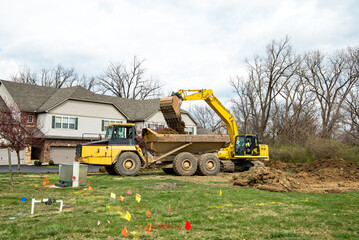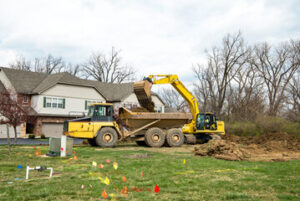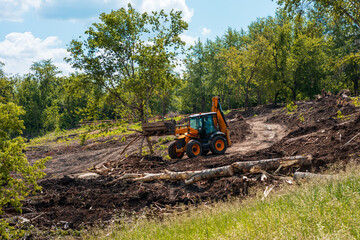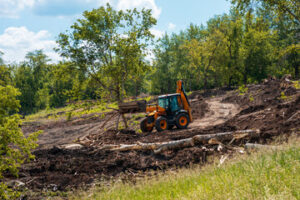Grey Oaks Naples Real Estate is a type of property that includes land and buildings. It is a very important part of the economy. There are several different types of Real Estate, such as commercial, residential, and wholesale.
Investing in real estate is a great way to diversify your portfolio. However, it is important to understand how the market works before you make a purchase.
Buying a home is one of the most significant decisions you will make in your life. It’s also a major financial investment, and you will need to understand the different fees associated with this process. These fees include the purchase price, interest rate, and various closing costs. In addition, you should consider the tax implications of owning real estate. These can have a significant impact on the cost of your home.
Real estate is an excellent long-term investment and has historically increased in value over time. It is also an effective hedge against inflation. Additionally, it provides a sense of stability and settlement for families. In addition, homeownership builds equity over time, which gives you a store of wealth that you can use in the future or pass on to your children. Purchasing a home also allows you to renovate your property, and you can transform it into a space that feels like your own.
The first step in buying a home is to decide what you want. This will help you determine the location, amenities, and price range that fit your needs. You should also be aware of the local market conditions, as these can influence how much you pay for a home. If you’re unsure of what you want, talk to a Realtor(r) to help you make the right decision.
Once you’ve narrowed down your search, it’s important to find the right real estate agent for you. The agent you choose will be your advocate throughout the process, and will guide you through the mortgage application and closing process. You should interview two or three agents before choosing one. Also, be sure to ask about their experience and education.
Before buying a home, you should get preapproval from a lender. This will help you know how much you can afford to spend on a new home and will speed up the loan approval process. Once you have a preapproval letter, you can start shopping for homes in your price range. If you’re not comfortable with the term of your mortgage, you can always shop for better terms.
Buying a commercial property
Buying commercial property is a big decision. It can help you achieve your financial goals, but it also entails risks. It is crucial to know the pros and cons of this type of investment, as well as to conduct thorough due diligence before making a final purchase. Commercial real estate can be used for a variety of purposes, such as office space, retail stores, or industrial warehouses. It can be a great source of income and can increase in value over time. However, the process can be long and complex, requiring extensive research and careful planning.
When purchasing a commercial property, it is essential to ask the following questions: 1. What is the exit strategy in place? This will ensure that the property meets your business needs. It will also help you determine if the property will return a profit. If it does not meet your requirements, then you can reconsider the purchase or seek alternatives.
2. What is the developer’s track record? This is important because you want to work with a reputable company that can deliver on their promises. A good developer will have a history of filling their buildings with tenants and will be able to meet your financial objectives. They will also have a strong team of professionals, including architects, engineers, and legal counsel.
3. Why is the property being sold? This will help you understand the seller’s motivation for selling. It may be a result of financial difficulties, issues with the property, or personal reasons. This information will help you assess the risk and negotiate a deal. You should also ask about any property guarantees, which can help mitigate risks.
4. What are the potential future development plans for the area? This is an important question because it will allow you to evaluate the growth of the area. If the area is experiencing a boom, it can have an impact on your investment, so it is essential to understand the development plan.
Before completing the sale, you will need to sign and verify all documents and complete the closing procedures. Once everything is completed, you will receive the deed and loan documents. This process can take 3-6 months, depending on the size of the property and complexity of the transaction.
Buying a rental property
Buying rental property is an excellent way to diversify an investment portfolio. It provides steady income and can build equity, which can be used to fund other purchases. However, before you buy a rental property, you should consider your goals and time horizon. Also, you should be aware of the tax consequences of owning a rental property. These expenses include maintenance, property taxes, and insurance. You may also be able to deduct your rental income from your tax return. However, you should always consult with a qualified tax professional before making any major decisions.
Investing in rental properties can be lucrative and rewarding, but you must be able to manage the risks and expenses involved. A good rule of thumb is to make sure the acquisition price is less than 12 times the expected rental income. Moreover, you should look for properties that can be managed by a local property management company.
Another thing to consider is the location of the rental property. This is important because it determines the type of tenants that will occupy the property and its future potential for appreciation. You should also research the current listings and vacancies in the area to understand the market and predict the rent climate. In addition, you should talk to both renters and homeowners in the area. Renters tend to speak more honestly about the neighborhood than owners.
There are a few financing options available for investors looking to purchase rental properties. Bank loans are the most popular, but they have strict requirements for investment properties. Other options include government-insured loan programs such as FHA and VA. These loans have lower down payments and interest rates, and they are often easier to qualify for. Another option is seller financing, where the seller acts as the lender.
The loan application process for a New York rental property involves several steps. Borrowers start with an initial inquiry and then receive pre-approval, which indicates possible loan amounts. They then submit a formal loan application and provide financial documents, including W-2s and tax returns. A mortgage broker or real estate agent can assist borrowers with the application process.
Buying a wholesale property
Buying a wholesale property is a great way to get into real estate investing without having to make a large down payment. However, this strategy isn’t for everyone and requires a lot of patience and hard work. In order to be successful, you need to understand your market’s laws and find reliable buyers and sellers. In addition, you must be willing to spend time networking and building relationships.
A real estate wholesaler is someone who buys properties below their market value and then sells them to end buyers. This is a popular investment strategy for investors who don’t want to take on the burden of maintaining and repairing a home. In addition, a wholesaler can typically buy and sell properties in a short period of time, allowing them to realize quick profits.
Wholesale real estate deals often involve distressed properties, such as foreclosures and homes that need extensive repairs. These properties are attractive to investors who specialize in renovations and resale. This type of investing is risky and requires a strong knowledge of local markets and property values. It also requires the ability to negotiate with motivated sellers.
In addition to knowing your market’s real estate wholesaling laws, it is important to build a list of cash buyers who are ready to purchase properties quickly. These investors are key to your success as a wholesaler because they can close on deals with little or no delay. You can start by attending real estate investor meetings or joining online forums to connect with other investors in your area.
Once you’ve found a potential deal, it’s essential to run the numbers and determine its ARV and repair costs. Once you have these numbers, you can confidently put the property under contract. Then, you can sell it to one of your cash buyers for a profit.
Real estate wholesaling can be a profitable venture, but it’s important to know the rules and regulations of your local area. Real estate laws differ by province, and misunderstandings can lead to costly mistakes. You should also consider hiring a real estate attorney to assist you with the process.



















